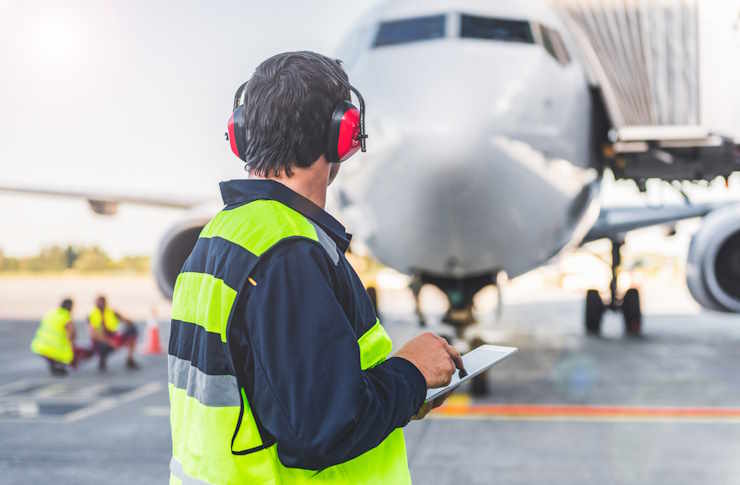Aviation Training
Familiarity with aviation regulations is fundamental in training aspiring pilots. Regulatory bodies, such as the Federal Aviation Administration (FAA) in the United States, set forth strict guidelines to ensure safety and efficiency in aviation. These regulations dictate everything from flight operations to maintenance procedures, making adherence to them non-negotiable for students. Understanding these regulations helps build a solid foundation for decision-making and fosters a safety-first mentality among trainees. By emphasizing compliance from the get-go, training programs instill a level of awareness that will serve graduates throughout their careers. Additionally, aviation training helps cultivate respect for the intricate system of checks and balances that keep air travel secure.

What Are the Basic Requirements for Aviation Training in the USA?
To begin aviation training in the United States, candidates must meet specific Federal Aviation Administration (FAA) requirements. These include being at least 17 years old for a private pilot license, possessing a valid medical certificate, and demonstrating English language proficiency. Additionally, students must complete a minimum number of flight hours and pass both written and practical tests to progress through various certification levels.
How Does the Aviation Training Process Work?
The journey typically begins with obtaining a Private Pilot License (PPL), followed by instrument rating and commercial pilot certification. Students progress through ground school, which covers aeronautical knowledge, navigation, and weather interpretation, while simultaneously completing flight training. This dual approach ensures comprehensive understanding of both theoretical and practical aspects of aviation.
What Career Opportunities Exist After Aviation Training?
Aviation training jobs span various sectors, from commercial airlines to corporate aviation. Graduates can pursue careers as:
-
Commercial airline pilots
-
Corporate jet pilots
-
Flight instructors
-
Cargo pilots
-
Military aviators
-
Agricultural pilots
Which Aviation Training Programs Are Available in the United States?
Aviation training USA programs are offered through various institutions:
-
Part 141 flight schools
-
Part 61 independent instructors
-
University aviation programs
-
Military flight training
-
Accelerated training programs
What Are the Key Components of Professional Pilot Training?
Professional pilot training encompasses several crucial elements:
-
Ground school instruction
-
Flight simulator training
-
Actual flight hours
-
Emergency procedures training
-
Crew resource management
-
Advanced systems operation
-
Aviation regulations and safety protocols
What Are the Costs and Timeline for Aviation Training?
The investment in aviation training varies significantly based on the program type and location. Here’s a comparison of common training paths:
| Training Path | Estimated Duration | Approximate Cost Range |
|---|---|---|
| Part 141 School | 12-18 months | $60,000 - $85,000 |
| University Program | 4 years | $100,000 - $150,000 |
| Accelerated Commercial | 6-9 months | $50,000 - $70,000 |
| Military Training | 2-3 years | Government Funded |
Prices, rates, or cost estimates mentioned in this article are based on the latest available information but may change over time. Independent research is advised before making financial decisions.
Successful completion of aviation training requires dedication, financial planning, and commitment to safety and continuous learning. The aviation industry continues to grow, offering promising career opportunities for well-trained pilots who maintain high standards of professionalism and expertise throughout their careers.




